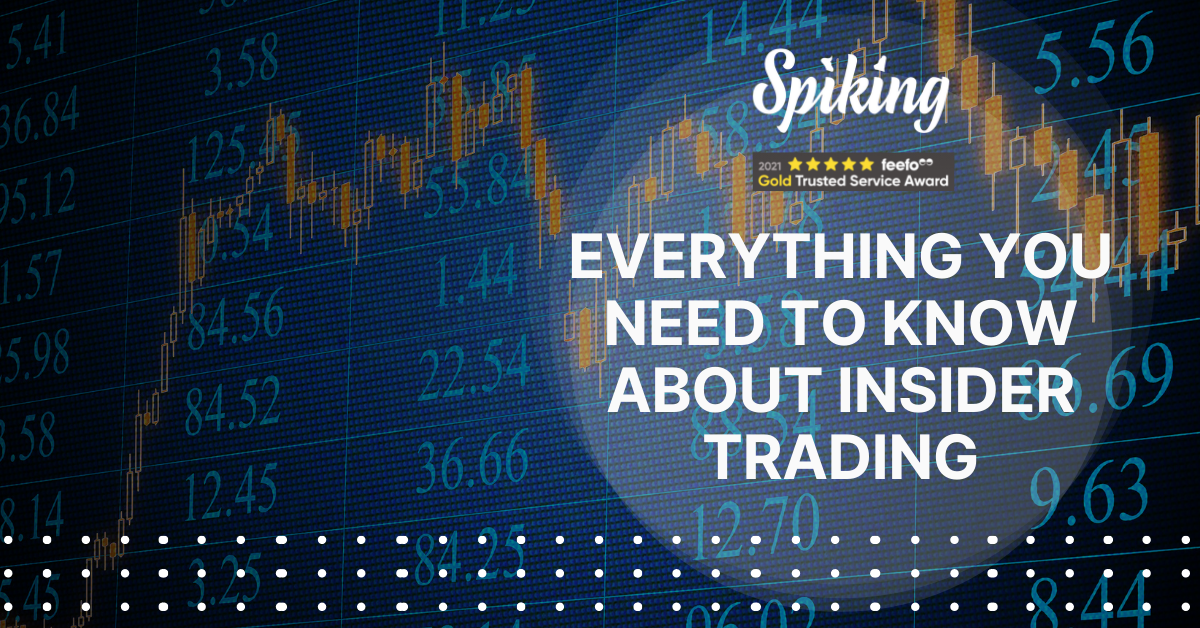
What is Margin Trading?
Many investors feel limited by an insufficient amount of capital. Margin trading allows investors to significantly increase returns without putting up additional capital. While this sounds promising, margin trading carries a lot of risks. This article will explore the world of margin trading.
Margin Trading Definition
Margin trading is nothing more than borrowing other people's money. Investors then use that money to buy their favourite assets.
This type of leverage allows you to achieve outsized gains when the markets move in your favour. Your portfolio will further appreciate based on how much of your portfolio is on margin.
An Example of Margin Trading Gone Right
Let's say you buy 100 shares of a company at $20,000. The company trades at $200/share, but you believe the company will appreciate rapidly. You wish you could purchase additional shares, but you don't have enough funds.
Some stock investors in this scenario will turn to margin trading. They will borrow against their portfolio to buy an additional 100 shares.
Even though the investor only invested $20,000, their position now contains 200 shares. The investing didn't find an extra $20,000 in their own funds. Instead, they borrowed the difference from a broker.
In our hypothetical scenario, the investor hits a home run. The stock rises to $500/share in a short amount of time.
The initial position of 100 shares rises from $20,000 to $50,000. This appreciation yields a $30,000 gain. However, the shares bought on margin further accelerate growth.
The 100 shares on margin rise from $20,000 to $50,000. Since you went long on the margin position, you only owe $20,000 plus accrued interest. You can sell some of your shares to cover the margin debt and keep the remaining shares without the margin debt.
An Example of Margin Trading Gone Wrong
In the previous example, margin trading turned your $30,000 gain into a $60,000 profit. Who wouldn't want extra money? However, there is a catch.
The investment can take a wrong turn and decimate your portfolio. Let's say that instead of rising to $500/share, the company falls to $150/share.
Your initial $20,000 investment turns into $15,000. On the margin side, the same thing happens. You lose $5,000 from your margin position.
However, you took out $20,000 to start your margin position. Even though you lost $5,000, you still owe $20,000. Not only do you lose $5,000 from your initial investment, but your margin trade doubles your losses.
To cover the margin debt, you would have to sell $5,000 worth of stock. Because of margin trading, you only end up with $10,000 instead of $15,000.
While you can wait for an investment to recover, not all investors are strong-minded. Emotions get in the way for every investor, and margin trading raises the stakes.
Mitigating the Risks of Margin Trading
The inherent risk-reward of margin trading is fair and understandable. You double your gains or double your losses. With that said, we can take some mitigation efforts to lower the risk of margin trading going wrong.
Some investors will use margin to double their buying power. If they buy 100 shares with cash, they will also buy 100 shares on margin. In this scenario, a 50 percent loss can wipe out the entire position.
You can lower your risk and reap the benefits of margin by using less margin. Instead of buying 100 shares on margin, consider only purchasing 20 shares on margin.
The smaller margin still provides upside while lowering risk. Using less margin decreases the possibility of triggering a margin call.
A margin call takes place when your portfolio falls below a certain threshold. At this threshold, a broker can indiscriminately sell off your positions to pay off the debt.
You still owe the difference, and it will accrue interest. However, brokers will pull from your portfolio to cover their losses. Your broker might sell your favorite stocks and trigger capital gains taxes.
If you are close to the margin call threshold, sell some of your positions at a loss. Selling positions with capital gains leads to a higher tax bill at the end of the year.
Margin investors dread receiving a margin call. Using less margin will help you avoid this scenario.
Diversify Your Portfolio
A well-diversified portfolio will further lower your risk. In our example, an investor heavily leans towards a single investment. Investing into multiple assets spreads the risk, thus mitigating it in the process.
You could consistently pay down the margin debt rather than accumulate more of it. Leaving a margin loan unpaid for too long can hurt your credit score. You can make payments with fund transfers or selling assets.
Paying off margin sooner will lower your interest payments. The interest rate on margin debt is higher than a conventional loan but lower than credit card debt.
Trade Without Incurring Additional Risks
Some investors use margin trading to make day trading easier. They quickly enter and exit positions to minimize their downside. This trading strategy leaves you less exposed to devastating losses.
Margin trading is risky on its own. Combining it with a risky asset such as options can quickly spell trouble for your portfolio. Determine your risk tolerance and consider the worst-case scenario.
Is Margin Trading Recommended?
Margin trading carries a lot of risks along with potential upside. Dr. Clemen Chiang, Ph.D., has spent over 20 years as a Wealth Coach to more than 50,000 students. His proprietary methodologies and strategies help people all around the world. Come and learn the strategies you should be implementing from the Expert Teacher himself, Dr. Clemen Chiang!
If you want to speed up your journey to becoming a wealthy trader, be sure to sign up for the Spiking Trading Masterclass so that you can learn to trade, invest, and build generational wealth in the best ways possible.
Spiking Wealth Community
Lead by Dr. Clemen Chiang is the Spiking Wealth Community’s online network. We are here to catch the Spikes so that you have faith, hope, and love in everything you do. We help you accomplish time squeeze by connecting the dots through online courses, live trading, winning trades, and more. Join us for Free and start your Spiking Wealth Journey today!



